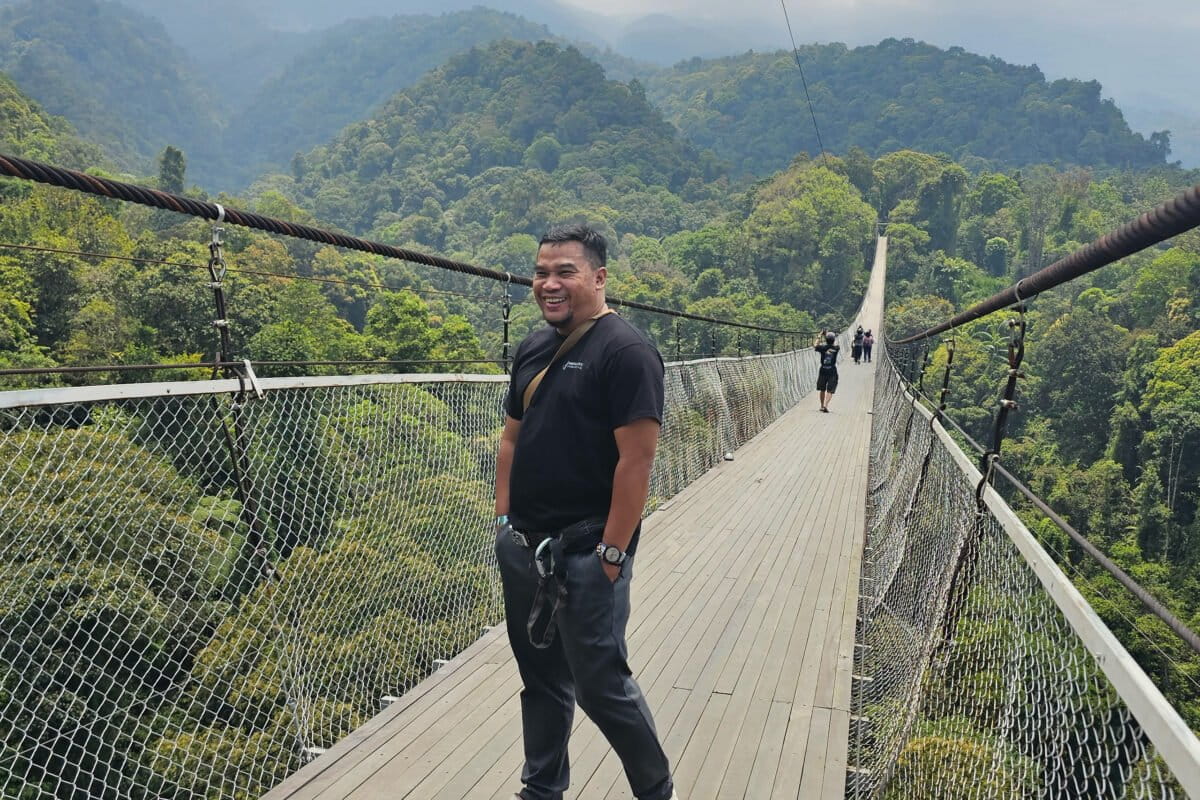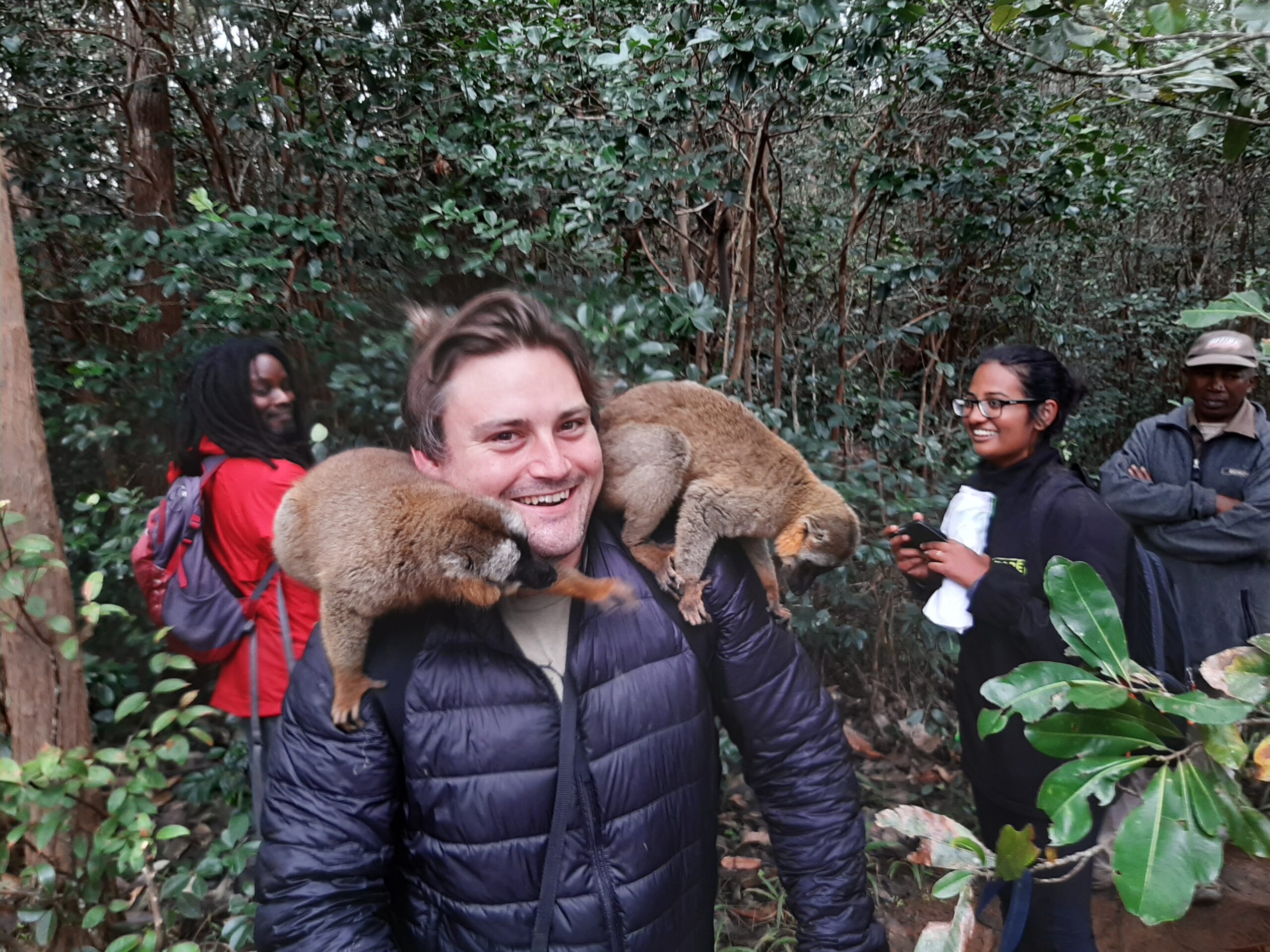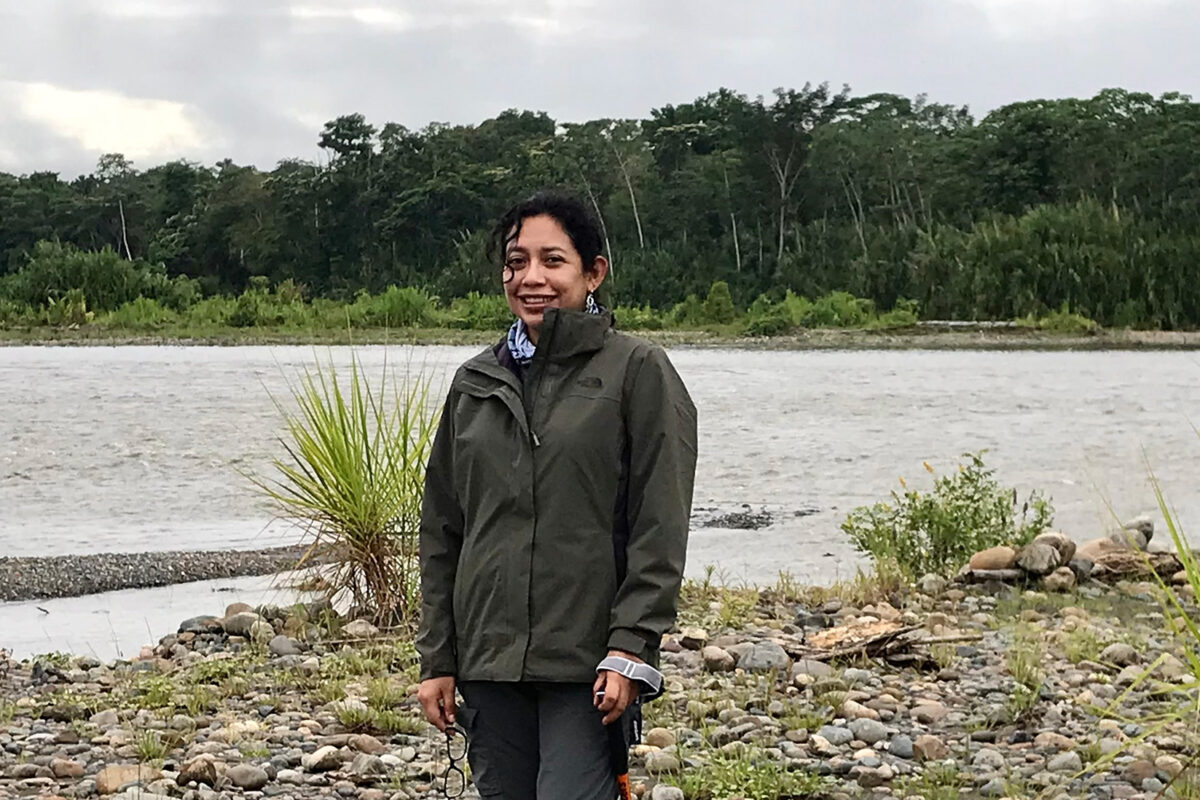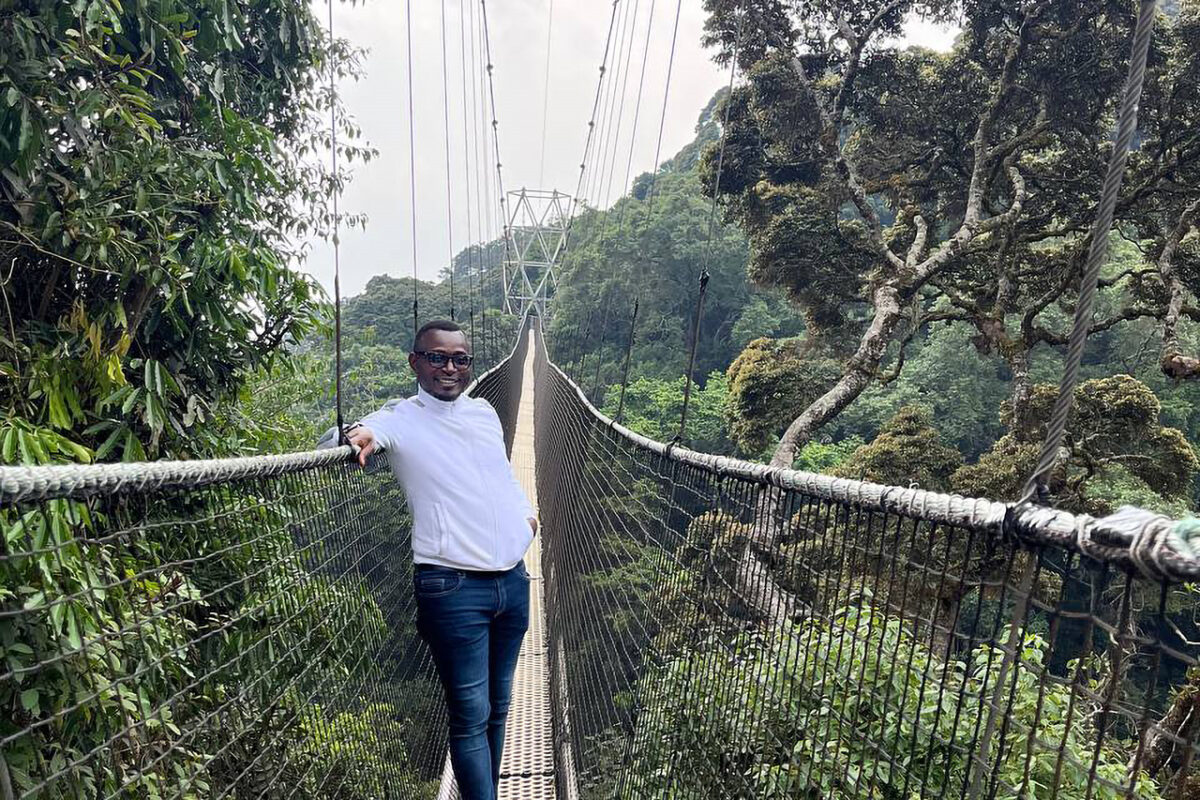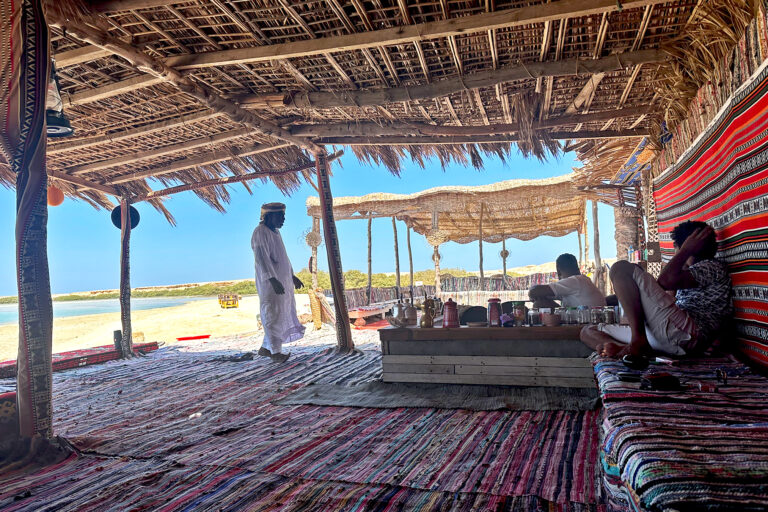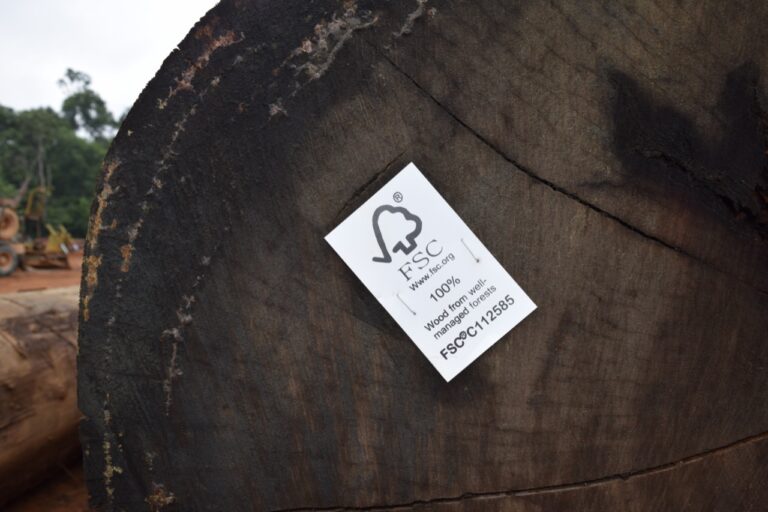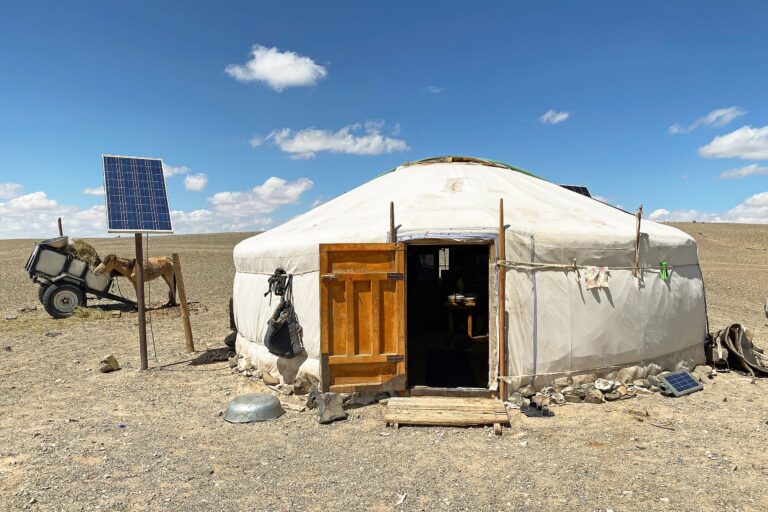The government of Chad has signed a 10-year deal with the U.S.-based NGO Sahara Conservation to manage the Ouadi Rimé-Ouadi Achim Faunal Reserve (OROAFR), the group announced July 11. The OROAFR is the largest protected area in Chad, at nearly 80,000 square kilometers (almost 31,000 square miles), around three times the size of Rwanda.
“It’s obviously very big, and its value is not only in its biological value, but in its cultural value as well with the human dimensions of the reserve,” Tim Woodfine, CEO of Sahara Conservation, told Mongabay by phone.
The deal adds to a growing list of public-private partnerships managing protected areas in Africa. The South Africa-based NGO African Parks has agreements to run nearby Ennedi Natural and Cultural Reserve in northeastern Chad and Zakouma National Park in the southern part of the country.
The OROAFR is a mix of grasslands and desert ecosystems and hosts several endangered species, including the African wild dog (Lycaon pictus) and scimitar-horned oryx (Oryx dammah). Drought and settlement expansion are some challenges it’s faced in recent years.
Founded in 2004, Sahara Conservation largely focuses on Chad and neighboring Niger. The group was the driving force behind the reintroduction of scimitar-horned oryx into the OROAFR, which had previously been poached to local extinction. Starting in 2016, the NGO worked with zoos and private owners in the United Arab Emirates to bring 300 oryx into the reserve, a population that’s since grown to 600. In 2023, the IUCN, the global conservation authority, changed the species’ listing from extinct in the wild to endangered.
“We could not do things without widespread international and local collaboration,” Woodfine said.
The UAE’s Environment Agency – Abu Dhabi is one of Sahara Conservation’s primary funders.
The NGO has a management plan for the OROAFR and is finalizing a land zoning agreement with local herding and agro-pastoralist communities.
“There are a lot of nomadic pastoralists, so we have these traditional transhumance routes that go through the reserve, and I think it’s important that those routes are maintained because they are part of the cultural heritage of the area and extremely important for people’s livelihoods,” Woodfine said.
Balancing conservation priorities with pastoralist grazing rights will be a key challenge for Sahara Conservation during its initial 10-year management period.
“Herders are the ruling communities in Chad, which is not the case in a lot of other countries where they’re marginalized,” Charles Bouëssel, analyst with the International Crisis Group, told Mongabay in an interview.
Woodfine said Sahara Conservation will hire and train an initial force of 40 rangers, but he added that the group wants to avoid a “militarized” approach in the reserve.
“We feel by taking a step-by-step approach we can try and get things right in a core area, and then with everybody’s agreement, spread that influence further out.”
Banner image: Scimitar-horned oryx in Ouadi Rimé-Ouadi Achim Faunal Reserve in Chad. Image by Inyathi via Wikimedia Commons (CC BY-SA 4.0).



